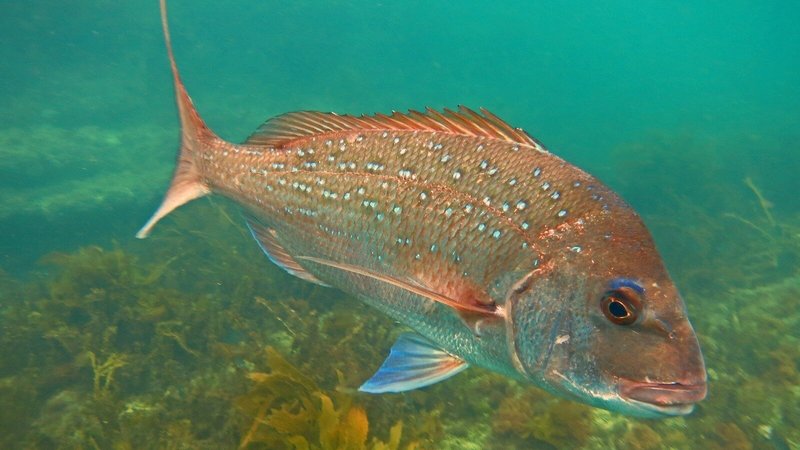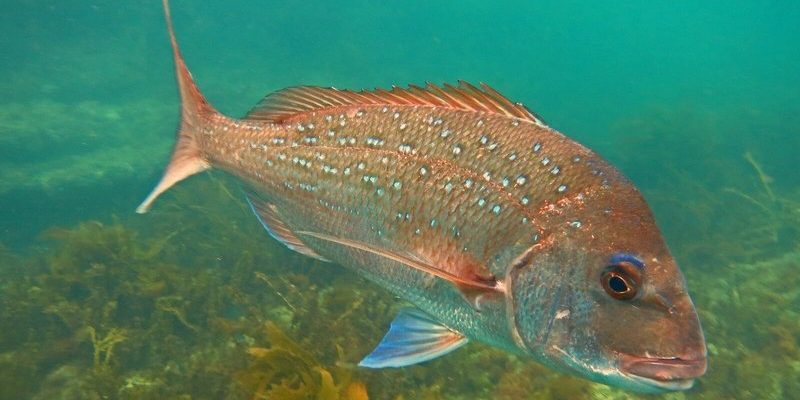
Imagine a bustling underwater community where snappers dart through schools, weaving in and out of coral as they hunt for prey. Now, picture that same community becoming quieter due to overfishing and habitat destruction. That’s the stark reality we’re facing today. The plight of snappers serves as a reminder that even the most vibrant marine life can struggle against human impact. With conservation efforts ramping up, it’s crucial to stay informed about how these initiatives are shaping the future for snappers and other marine life.
Understanding Snapper Species and Their Importance
Snappers belong to the family Lutjanidae, which includes around 100 species. The most recognized types are the red snapper, mangrove snapper, and yellowtail snapper. These fish are not just popular among fishing enthusiasts; they also play vital roles in marine ecosystems. As predators, they help maintain the balance of fish populations and contribute to the overall health of coral reefs.
Moreover, snappers are significant for local economies. Fishermen and coastal communities rely on them for subsistence and livelihood. The demand for fresh snapper has only increased over the years, leading to intense fishing pressure. This increased demand can lead to unsustainable practices, which is a major concern in conservation circles.
Current Status of Snapper Populations
So, what’s the current status of snapper populations around the world? The reality varies by region. In some areas, snapper stocks have been overfished to the point of collapse, while in others, populations remain stable but are still at risk. For example, the red snapper in U.S. waters has faced significant decline, prompting the National Oceanic and Atmospheric Administration (NOAA) to implement strict fishing quotas.
The overfishing crisis isn’t solely about numbers; it’s about the ecosystem. When snapper populations decrease, it can lead to an overabundance of their prey, which in turn can alter the entire underwater community. This domino effect is why tracking and managing snapper populations is so critical.
Major Threats Facing Snappers
You might be wondering, what exactly is threatening these colorful fish? Here are some of the main culprits:
- Overfishing: As mentioned, excessive fishing practices deplete stocks faster than they can reproduce.
- Habitat Destruction: Coastal development, pollution, and climate change are destroying habitats crucial for breeding and growth.
- Bycatch: Many snappers are unintentionally caught in fishing gear intended for other species, which affects their populations.
- Climate Change: Rising ocean temperatures can disrupt breeding patterns and food availability.
These threats create a perfect storm that not only jeopardizes snappers but also endangers the broader marine ecosystems they support. It’s essential to tackle these issues head-on with effective conservation strategies.
Conservation Efforts and Success Stories
Despite the bleak outlook, there’s hope. Conservation organizations and governments are stepping up efforts to protect snapper populations. For instance, many regions have implemented fishing quotas, seasonal closures, and protected marine areas to allow fish stocks to recover.
In Florida, local fishermen have taken part in conservation projects that focus on sustainable fishing methods. This includes using gear that reduces bycatch and participating in fisheries management programs. Such community involvement can make a significant difference. For example, some areas have seen a resurgence in snapper populations due to carefully managed fishing practices.
Additionally, international agreements, such as the Convention on International Trade in Endangered Species of Wild Fauna and Flora (CITES), aim to regulate the trade of endangered species, including vulnerable snapper species. These efforts are crucial in ensuring that snapper populations remain viable for future generations.
How You Can Help Snapper Conservation
You might be thinking, “What can I do to help?” There are several ways you can lend a hand to snapper conservation:
- Support Sustainable Fishing: Choose seafood from fisheries that practice sustainable methods. Look for labels like MSC (Marine Stewardship Council) certified products.
- Educate Yourself and Others: Share what you learn about the importance of snappers and other threatened marine life.
- Participate in Cleanups: Join local beach or underwater cleanups to help reduce pollution that harms marine habitats.
- Advocate for Policy Change: Support policies aimed at protecting marine environments and regulating fishing practices.
Even small actions can create a ripple effect. When combined with larger conservation efforts, your support can contribute to a healthier ocean ecosystem.
The Role of Technology in Snapper Conservation
Technology is becoming a game-changer in conservation efforts. Researchers are using underwater drones and advanced monitoring systems to track snapper populations and assess their habitats. This data helps inform management strategies and catch limits.
Moreover, genetic studies are being conducted to understand population dynamics better. By analyzing genetic material, scientists can identify which breeding populations are thriving or struggling. This crucial information guides effective conservation policies and practices.
Additionally, apps and online platforms are emerging to help fishermen report catches and track snapper populations in real time. This data-driven approach enhances transparency and helps enforce sustainable practices.
Looking Ahead: The Future of Snapper Conservation
Looking ahead, the conservation of snappers will require continued collaboration among governments, researchers, and local communities. As climate change and environmental degradation persist, adaptability will be key to overcoming challenges.
You might also be curious about the potential of aquaculture (fish farming) as a sustainable alternative. While it can relieve pressure on wild populations, responsible management is critical to avoid creating new environmental issues.
Ultimately, the future of snappers—and the health of our oceans—depends on a collective effort. As we support sustainable practices, advocate for policy changes, and engage with our communities, we can help ensure that snappers don’t just survive but thrive.
In conclusion, while snappers face significant challenges, there are promising conservation efforts underway. By staying informed and taking action, we can all play a part in ensuring that these beautiful fish continue to grace our oceans for years to come. Together, we can make a difference in the underwater world and protect the vibrant marine life that sustains us all.

